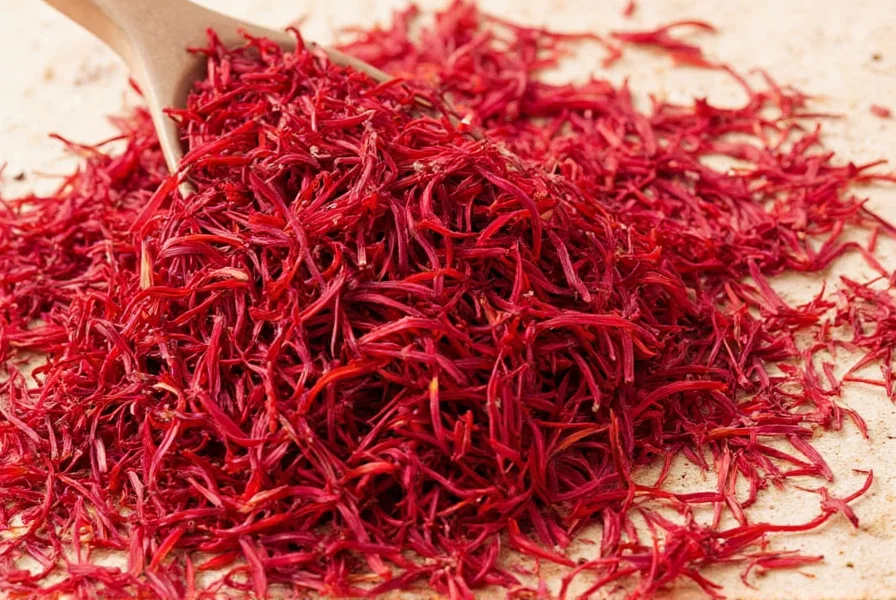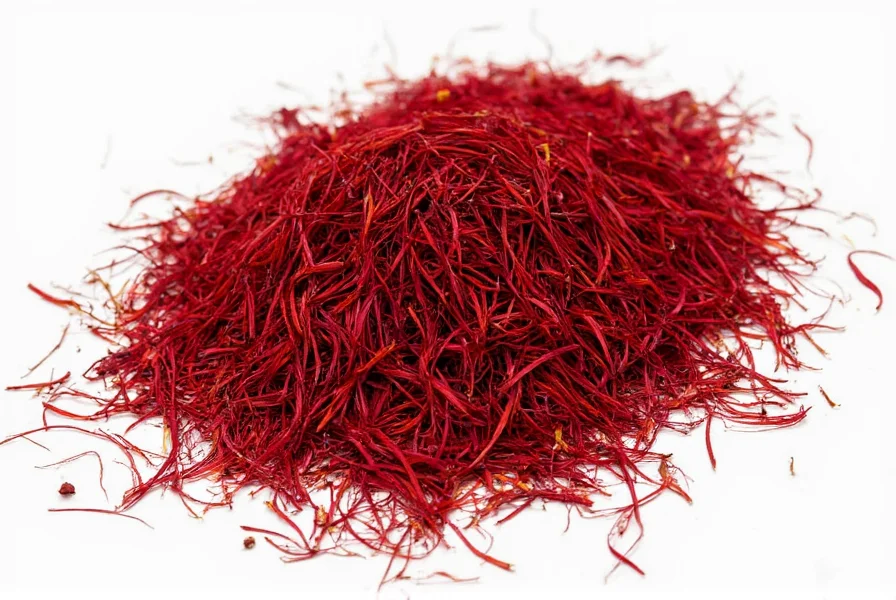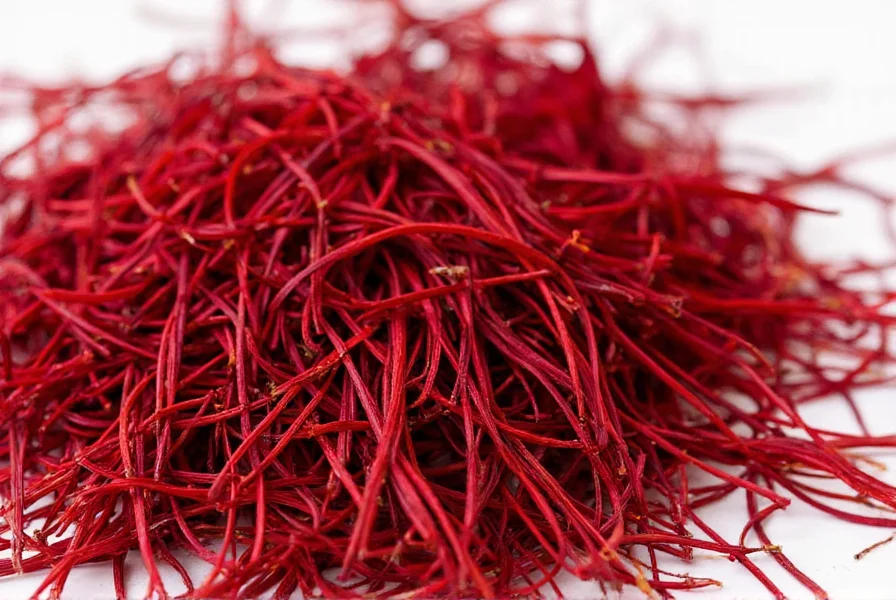Saffron's reputation as the world's most expensive spice often leads to confusion about its origins. Many people search for ‘saffron seeds’ believing they can purchase seeds to grow this valuable crop. However, Crocus sativus doesn't produce viable seeds for commercial cultivation. Instead, the plant reproduces through corms—underground storage organs that function similarly to bulbs.
Understanding the Saffron Plant: Crocus sativus
The Crocus sativus, commonly known as the saffron crocus, is a sterile triploid plant that cannot reproduce through seeds. This genetic characteristic means the plant doesn't produce fertile seeds that can grow into new saffron-producing plants. Instead, farmers propagate saffron using corms, which are often mistakenly referred to as ‘saffron seeds’ in gardening circles.

Why the ‘Saffron Seeds’ Misconception Persists
The term ‘saffron seeds’ appears frequently in online searches and gardening forums, creating widespread confusion. This misunderstanding likely stems from:
- Confusion between corms and seeds in botanical terminology
- Mislabeling by some online retailers selling saffron corms
- Lack of awareness about the sterile nature of Crocus sativus
- Translation issues when discussing saffron cultivation across different languages
How Saffron Is Actually Grown and Harvested
Saffron cultivation follows a precise seasonal cycle:
- Planting: Corms are planted in late summer (July-August in the Northern Hemisphere)
- Growth: Plants develop leaves through late summer and early fall
- Blooming: Purple flowers appear in autumn (October-November), lasting only 1-2 weeks
- Harvesting: Each flower produces three red stigmas, which are hand-picked at dawn
- Drying: Stigmas are carefully dried to preserve flavor and color
It takes approximately 150 flowers (and 4,000 hand-picked stigmas) to produce just one ounce of dried saffron. This labor-intensive process explains saffron's high value and why genuine saffron costs $500-$5,000 per pound depending on quality.
Saffron Quality Indicators
| Quality Grade | Stigma Length | Color Intensity | Common Names | Uses |
|---|---|---|---|---|
| Grade I (Super Negin) | Longest, full stigmas only | Bright crimson red | Negin, Super Negin | Premium culinary applications |
| Grade II (Sargol) | Long stigmas, no yellow style | Deep red | Sargol, Pushal | High-end cooking |
| Grade III (Pushal) | Stigmas with some yellow style | Moderate red | Pushal, Bunch | General cooking |
| Grade IV (Konge) | Primarily yellow style | Pale yellow-orange | Konge, Dilute | Coloring only, not flavor |
Common Saffron Substitutes and Adulterants
Due to saffron's high cost, many substitutes and adulterated products exist in the market. Understanding these helps avoid purchasing inferior products:
- Safflower: Often sold as ‘Mexican saffron’ or ‘bastard saffron,’ provides color but lacks saffron's distinctive flavor
- Marigold petals: Used to mimic saffron's color but with completely different taste profile
- Artificial coloring: Some products use tartrazine (yellow #5) to simulate saffron's hue
- Mixed products: Lower-grade saffron blended with safflower or other fillers
To verify genuine saffron, perform the ‘water test’: place a few threads in warm water. Authentic saffron will gradually release a golden-yellow color while maintaining its red threads. Fake saffron often bleeds color immediately or turns the water red.
Growing Saffron at Home: What You Actually Need
If you're interested in growing saffron, you'll need:
- Healthy corms: Purchase from reputable suppliers (not ‘seeds’)
- Well-draining soil: Sandy or loamy soil with good drainage
- Full sun exposure: At least 6 hours of direct sunlight daily
- Dry summer conditions: Corms need dormancy during hot, dry periods
- Cool winter temperatures: Required for proper flowering
Plant corms 4-6 inches deep in late summer. Each corm typically produces 1-3 flowers in autumn. Remember that home cultivation rarely yields enough saffron for commercial use—most home growers harvest saffron as a specialty garden project rather than for significant culinary production.
Saffron Storage and Usage Tips
Proper storage maintains saffron's delicate compounds:
- Store in an airtight container away from light and moisture
- Keep in a cool, dark place (refrigeration extends shelf life)
- Whole threads retain quality longer than powdered saffron
- For maximum flavor, soak threads in warm liquid before use
- A little goes a long way—typically 10-20 threads season 4 servings

Traditional and Modern Uses of Saffron
Saffron has been valued for millennia across multiple cultures:
- Culinary: Essential in Spanish paella, Italian risotto alla Milanese, and Persian rice dishes
- Medicinal: Traditional uses for mood enhancement and digestive health (consult healthcare provider)
- Dyeing: Creates a distinctive golden-yellow color for fabrics
- Perfumery: Adds unique notes to high-end fragrances
Modern research continues to investigate saffron's potential health benefits, though culinary applications remain its primary use worldwide. When purchasing saffron, look for deep red threads with minimal yellow style for the best flavor and color.
Frequently Asked Questions
Are saffron seeds real?
No, saffron seeds do not exist. Saffron comes from the stigmas of Crocus sativus flowers. The plant is sterile and doesn't produce viable seeds. What are sometimes called 'saffron seeds' are actually corms (underground storage organs) used for propagation.
Can I grow saffron from seeds?
No, you cannot grow saffron from seeds because Crocus sativus is a sterile plant that doesn't produce viable seeds. Saffron is propagated using corms, which are bulb-like underground structures. Attempting to grow saffron from actual seeds will not produce saffron-producing plants.
What should I buy to grow saffron at home?
To grow saffron at home, you need to purchase Crocus sativus corms (often mistakenly called 'saffron seeds'). Look for healthy, firm corms from reputable gardening suppliers. Plant them in well-draining soil in late summer, and they should produce flowers in autumn.
How can I tell if saffron is genuine?
Test saffron by placing a few threads in warm water. Genuine saffron gradually releases a golden-yellow color while the threads remain red. Fake saffron often bleeds color immediately or turns the water red. Also, authentic saffron has a distinctive hay-like aroma and slightly bitter taste, not just color.
What's the difference between saffron and safflower?
Saffron comes from Crocus sativus stigmas and provides both color and distinctive flavor. Safflower (often sold as 'Mexican saffron') is a different plant that only provides color without saffron's unique taste. Saffron threads are red with some orange-yellow base, while safflower petals are uniformly yellow or orange.











 浙公网安备
33010002000092号
浙公网安备
33010002000092号 浙B2-20120091-4
浙B2-20120091-4